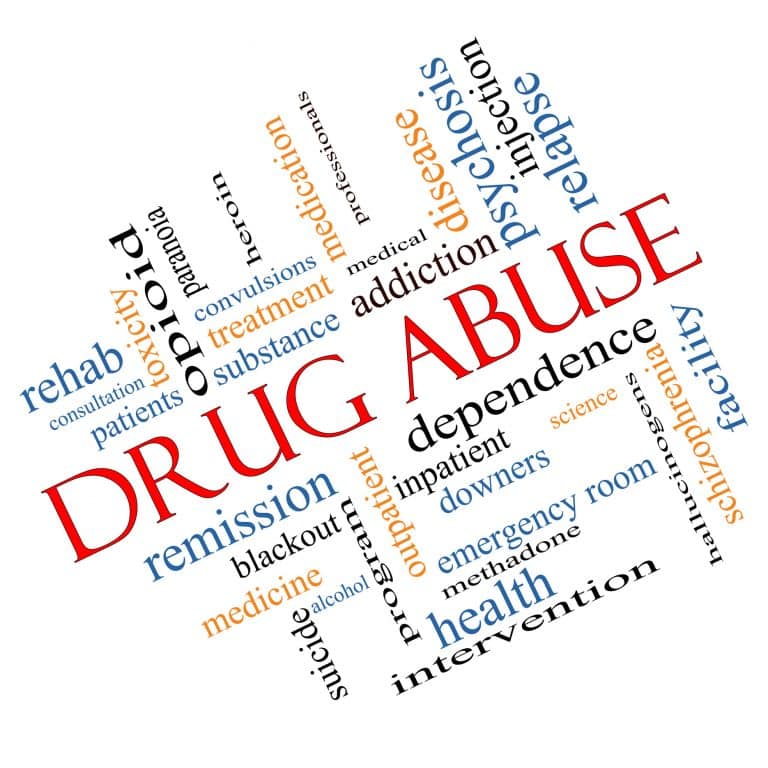Key Substance Abuse Indicators
Source: https://www.samhsa.gov/data/report/2017-nsduh-annual-national-report
Illicit Drug Use
In 2017, 30.5 million people aged 12 or older used an illicit drug in the past 30 days (i.e., current use), which corresponds to about 1 in 9 Americans (11.2 percent). About 1 in 4 young adults aged 18 to 25 were current illicit drug users. Regardless of age, the estimates of current illicit drug use for 2017 were driven primarily by marijuana use and the misuse of prescription pain relievers. Among the 30.5 million people aged 12 or older who were current illicit drug users, 26.0 million were current marijuana users and 3.2 million were current misusers of prescription pain relievers. Smaller numbers of people were current users of cocaine, hallucinogens, methamphetamine, inhalants, or heroin or were current misusers of prescription tranquilizers, stimulants, or sedatives.
The percentage of people aged 12 or older who were current marijuana users in 2017 was higher than the percentages in 2002 to 2016. The increase in marijuana use reflects increases in marijuana use among young adults aged 18 to 25 and adults aged 26 or older. Marijuana use among adolescents aged 12 to 17 was lower in 2017 than in most years from 2009 to 2014.
NSDUH also allows for the estimation of opioid misuse, which is the use of heroin or the misuse of prescription pain relievers. In 2017, an estimated 11.4 million people misused opioids in the past year, including 11.1 million pain reliever misusers and 886,000 heroin users. Among people aged 12 or older who misused pain relievers in the past year, about 6 out of 10 people indicated that the main reason they misused pain relievers the last time they misused them was to relieve physical pain (62.6 percent), and about half (53.1 percent) obtained the last pain reliever they misused from a friend or relative.
Substance Use Initiation
In 2017, the substances with the largest number of recent (i.e., past year) initiates of use were alcohol (4.9 million new users), marijuana (3.0 million new users), prescription pain relievers (2.0 million new misusers), and cigarettes (1.9 million new users). The number of marijuana initiates aged 12 or older in 2017 was higher than the numbers in 2002 to 2016. For cigarettes, the number of initiates in 2017 was lower than the numbers in most years from 2004 to 2014, but it was similar to the numbers in 2015 and 2016.
Perceived Risk from Substance Use
Although more than 4 out of 5 people aged 12 or older in 2017 perceived great risk of harm from weekly use of cocaine or heroin, about one-third of people perceived great risk of harm from weekly marijuana use. In 2017, about 2 out of 3 individuals aged 12 or older perceived great risk from having four or five drinks of alcohol nearly every day, and nearly 3 out of 4 individuals (71.6 percent) perceived great risk from smoking one or more packs of cigarettes per day.
Substance Use Disorders
In 2017, approximately 19.7 million people aged 12 or older had a substance use disorder (SUD) related to their use of alcohol or illicit drugs in the past year, including 14.5 million people who had an alcohol use disorder and 7.5 million people who had an illicit drug use disorder.1 The most common illicit drug use disorder was marijuana (4.1 million people). An estimated 2.1 million people had an opioid use disorder, which includes 1.7 million people with a prescription pain reliever use disorder and 0.7 million people with a heroin use disorder.







